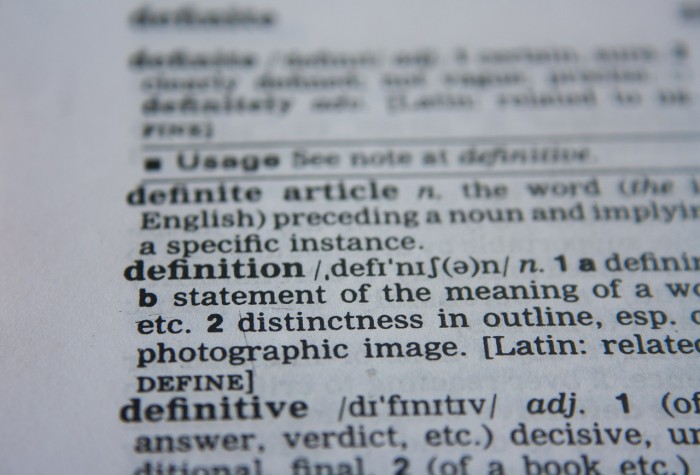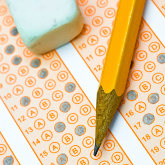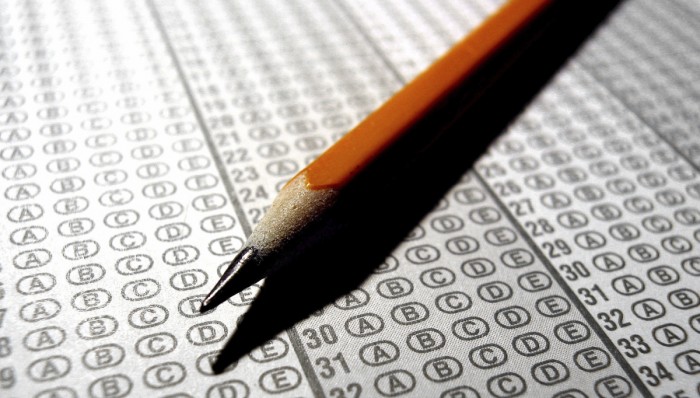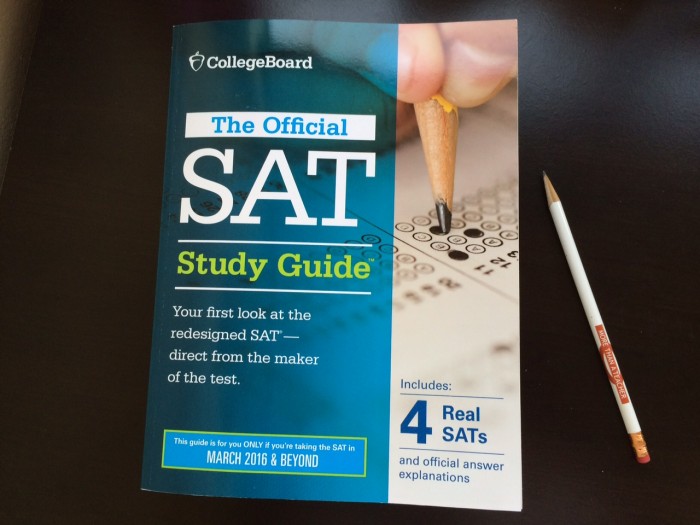
Note: This article is about the current SAT. For info on the redesigned SAT coming in 2016, click here.
There are many books and websites out there that claim to have all the “hot words” for the SAT. One website boasts 5,000 words! Think you can memorize them all? Good luck with that.
As someone who’s spent almost eight years with these tests, I can tell you that these books and websites are not very accurate. To me it looks like the authors did no research at all, but rather just listed as many “difficult” words as possible regardless of whether those words had ever appeared on an SAT.
In any case, the test makers do not tend to use the same obscure words over and over. They don’t want the test to be predictable. Basically, their word bank is the dictionary, and with over 100,000 words in the English language, they’ve got a lot of options!
But there are some words that appear on almost every SAT simply because they are common words. And yet, most high school students don’t really know them. The following words (or close variations) appear on most of the tests in the Official SAT Guide. (I know because I checked; all it takes is a highlighter and a lot of patience.) Consider making flash cards for every word you don’t know.
1. aesthetic (adj.) – related to beauty or art: Taking an art appreciation class can enhance your understanding of aesthetic principles.
2. equitable (adj.) – equal, fair, judicious: The U.S. Constitution guarantees equitable treatment under the law for all citizens.
3. equivocal (adj.) – capable of several different interpretations, especially with the intent to deceive: The congressman’s equivocal answer didn’t really answer the journalist’s question.
4. sentimental (adj.) – expressing or appealing to emotions: The sentimental song brought tears to Mary’s eyes.
5. phenomenon (n.) – a fact, occurrence, or circumstance, especially an impressive one: A complete solar eclipse is a rare phenomenon.
6. nostalgia (n.) – fondness for the past: At the sight of his old uniform, Billy felt a keen nostalgia for his school days.
7. advocate (v.) – to support or recommend: The FDA advocates regular vaccinations for children.
8. rhetoric (n.) – the art of using written or spoken language: The professional speaker was a master of rhetoric.
9. ambivalence (n.) – uncertainty or inability to choose, especially caused by conflicting desires for two incompatible things: The candidate’s conflicting answers reflected his ambivalence on the issue.
10. temperance (n.) – moderation, especially in consumption of alcohol: Rather than accept a second glass of wine, Suzanne opted for temperance.
11. romantic (adj.) – idealistic, impractical, unrealistic: After a week sweating on the farm, Billy began to reconsider his romantic view of agricultural life.
12. elitist (n.) – a snob; a person who considers himself a member of a special class: Chet was too much of an elitist to consider attending the rodeo.
13. deliberate – 1. (adj.) on purpose: He shouldn’t be punished because his actions were not deliberate. 2. (adj.) slow, unhurried, careful: Marvin grew increasingly frustrated at the deliberate pace of life in the small town. 3. (v.) (pronounced with a long “a”) to consider: You should deliberate awhile before you answer.
14. conventional (adj.) – pertaining or conforming to general agreement, ordinary: Placing your right hand over your heart during the Pledge of Allegiance is a conventional demonstration of respect.
15. contempt (n.) – disdain, scorn, hatred, ridicule: The judge handed down the maximum sentence, explaining that he had nothing but contempt for jaywalkers.
16. cynical (adj.) – distrusting the motives of others; assuming that people act from selfish motives: Jerry was cynical about the “free hugs” campaign.
17. anxious (adj.) – worried, distressed, uneasy: Many people are anxious about public speaking.
18. commercial (adj.) – pertaining to business: The preacher complained that commercial interests have tarnished religious holidays.
19. reverence (n.) – a feeling of deep respect or veneration: The architecture student expressed a reverence for Frank Lloyd Wright.
20. integrity (n.) – adherence to moral or ethical principles, honesty: The ethics committee criticized the lawyer for his lack of integrity.
21. subtle (adj.) – not immediately obvious, difficult to grasp: Chef Louis patiently explained that there is a subtle difference between flan and crème brûlée.
22. skeptical (adj.) – doubtful, slow to accept as true: Most scientists are skeptical about the existence of UFOs.
23. lament (v.) – to express sorrow or regret over: The professor lamented the decline of voluntary reading among American high school students.
24. domestic (adj.) – devoted to the home or household: The new father declined the invitation to the poker game, citing domestic responsibilities.
25. anecdote (n.) – a short account of an event, especially an amusing one: Tommy shared a hilarious anecdote about the time he fell into an aquarium.
26. rigorous (adj.) – severe, stern, inflexible, demanding: After studying the syllabus, Henry opted for the less rigorous calculus course.
27. pragmatic (adj.) – practical: Sam wanted to take a hot-air balloon across the Atlantic, but his wife suggested the more pragmatic option of an airplane.
28. inherent (adj.) – existing within someone or something more or less permanently, essential: Many people have an inherent dislike of broccoli.
29. exclusive (adj.) – limiting to only a select few, excluding: It’s an exclusive club; they don’t admit just anyone.
30. evoke (v.) – to call up, produce, elicit, or draw forth: According to the advertisement, this laundry detergent evokes the countryside and spring rain.
31. substantiate (v.) – to establish by proof or evidence: The prosecutor was aggressive in his accusations but was unable to substantiate the allegations with physical evidence.
32. intricate (adj.) – complicated or complex: Wilbur was mesmerized by the intricate pattern in the spider’s web.
33. digress (v.) – to deviate (wander away) from the main topic, to “go off on a tangent”: After rambling for ten minutes about his preference for non-dairy creamer, Dr. Franklin realized he had digressed from the lecture topic.
Of course, the best way to build a vocabulary is to read a lot of books, looking up unfamiliar words as you encounter them. So, if you don’t already, read for at least 30 minutes every day!
 udent’s needs when we can compare sophomore PSAT scores with the summer practice test. You can find more information on taking a practice SAT here: https://satsuite.collegeboard.org/sat/practice-preparation/practice-tests
udent’s needs when we can compare sophomore PSAT scores with the summer practice test. You can find more information on taking a practice SAT here: https://satsuite.collegeboard.org/sat/practice-preparation/practice-tests



![no more tests 05.30.09 [150] by timlewisnm via Flickr (CC BY-SA 2.0).jpg](https://www.morethanateacher.com/wp-content/uploads/2015/06/no-more-tests-05.30.09-150-by-timlewisnm-via-Flickr-CC-BY-SA-2.0-e1433264183623.jpg)













